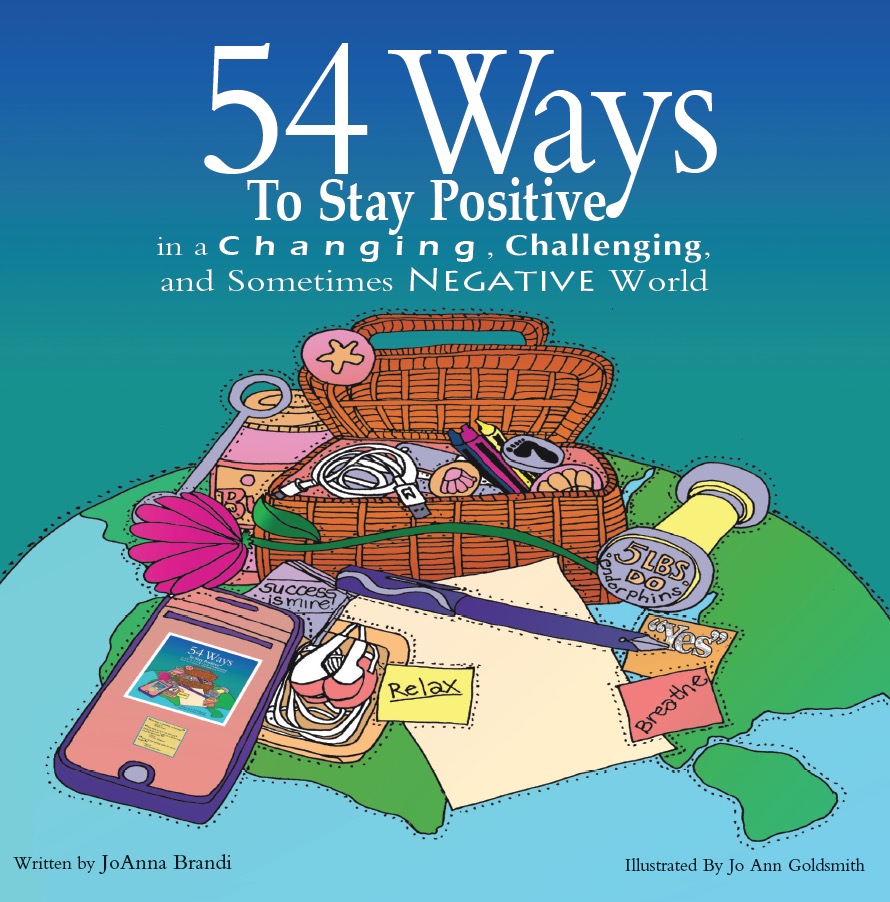BUILD POSITIVE CAPACITY AT WORK
 It’s amazing. No matter where I teach – at a conference, engineering firm, doctor’s office, bank, catalog company, or CEO group, there is always a strong positive response to my teaching on why it’s important to create more positive emotion where we work. I love using Tal Ben Sharer’s term: “Build Positive Capacity.” Tal teaches Positive Leadership at Harvard.
It’s amazing. No matter where I teach – at a conference, engineering firm, doctor’s office, bank, catalog company, or CEO group, there is always a strong positive response to my teaching on why it’s important to create more positive emotion where we work. I love using Tal Ben Sharer’s term: “Build Positive Capacity.” Tal teaches Positive Leadership at Harvard.
Building positive capacity is such an expansive term. It makes me think of building lung capacity. When an athlete wants increase her performance and her stamina, she’d best increase her lung capacity first.
If you recall, as we build up that culture of appreciation, as we raise our positivity ratios and as we focus more on what’s right rather than what’s wrong, things change.
When we change the way we look at things the things we look at change.
Positivity enhances creativity, makes one more socially adept, helps you solve problems quicker, increases innovation, health and strengthens team relationships.
As you continue to add more positivity to your days it will widen your scope of attention, increase intuition, immune function and happiness. It makes work more fun too.
It will lower cortisol and produce a beneficial biochemistry that increases endorphins (the body’s natural pain killers) and other helps-you-sleep-and-feel-better chemicals as well.
It will build your resilience to adversity, and build your psychological capital – things like hope, optimism and confidence.
Studies show that more happiness at work increases productivity 31%; sales by 37% and makes people 3 times more creative – could your company use a boost like that?
Happiness will reduce your chances of stroke and high blood pressure and it will speed your recovery from effects of negativity.
Oh yes, it will increase longevity.
Just a reminder and some powerful reasons to cultivate positivity at home and at work.

 Previous Post
Previous Post Next Post
Next Post





I loved this article, and the cutting edge research supporting happiness in the workplace, such as imporving productivity 31% and sales 37%….you know the Gallup website has an series of articles, and shares that 30 to 38% of employees are disengaged or actively disengaged…. and your improvement record shows you can help employees feel more engaged, and theforre contribute more positively to the increased profit of the organization.